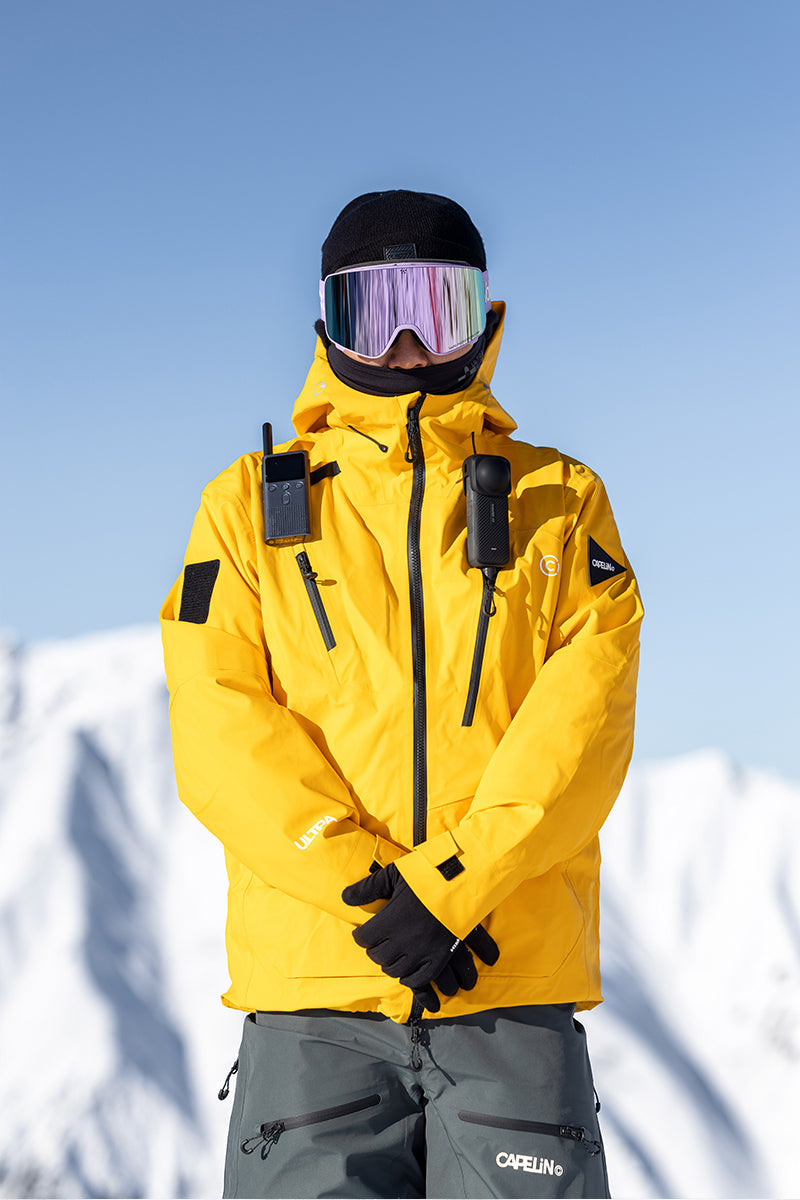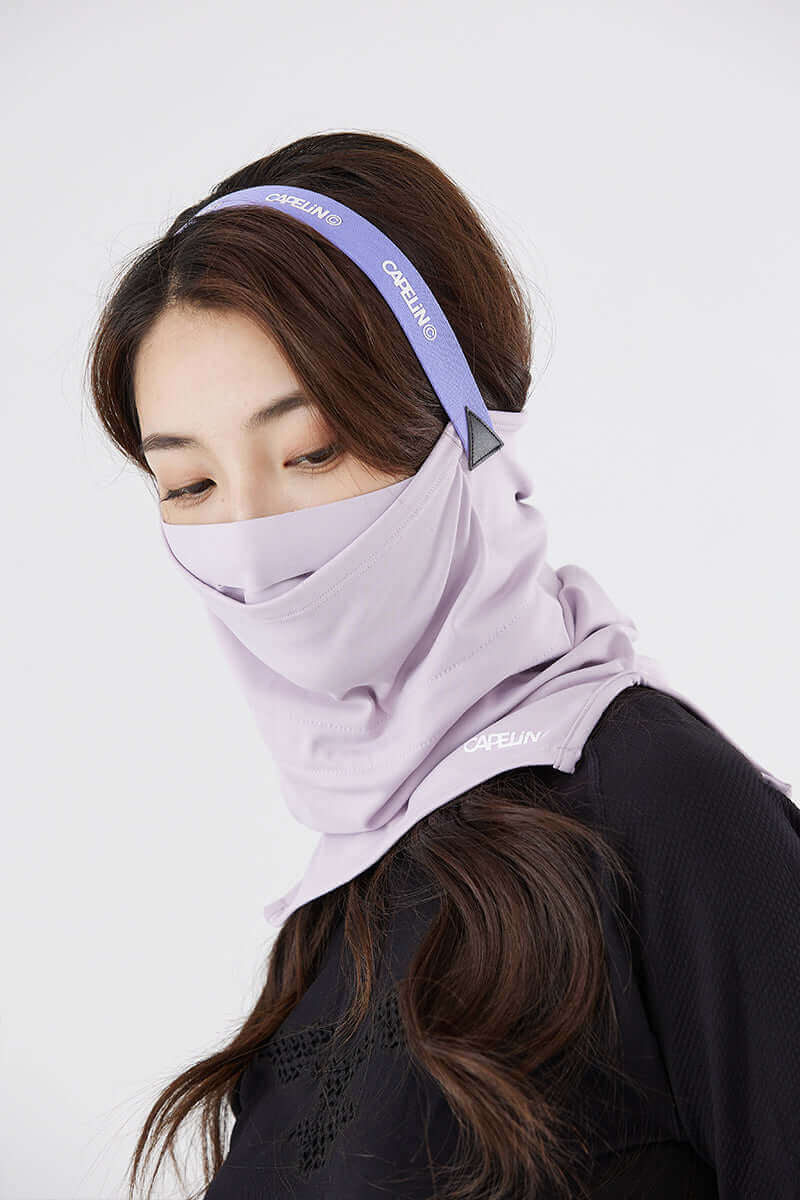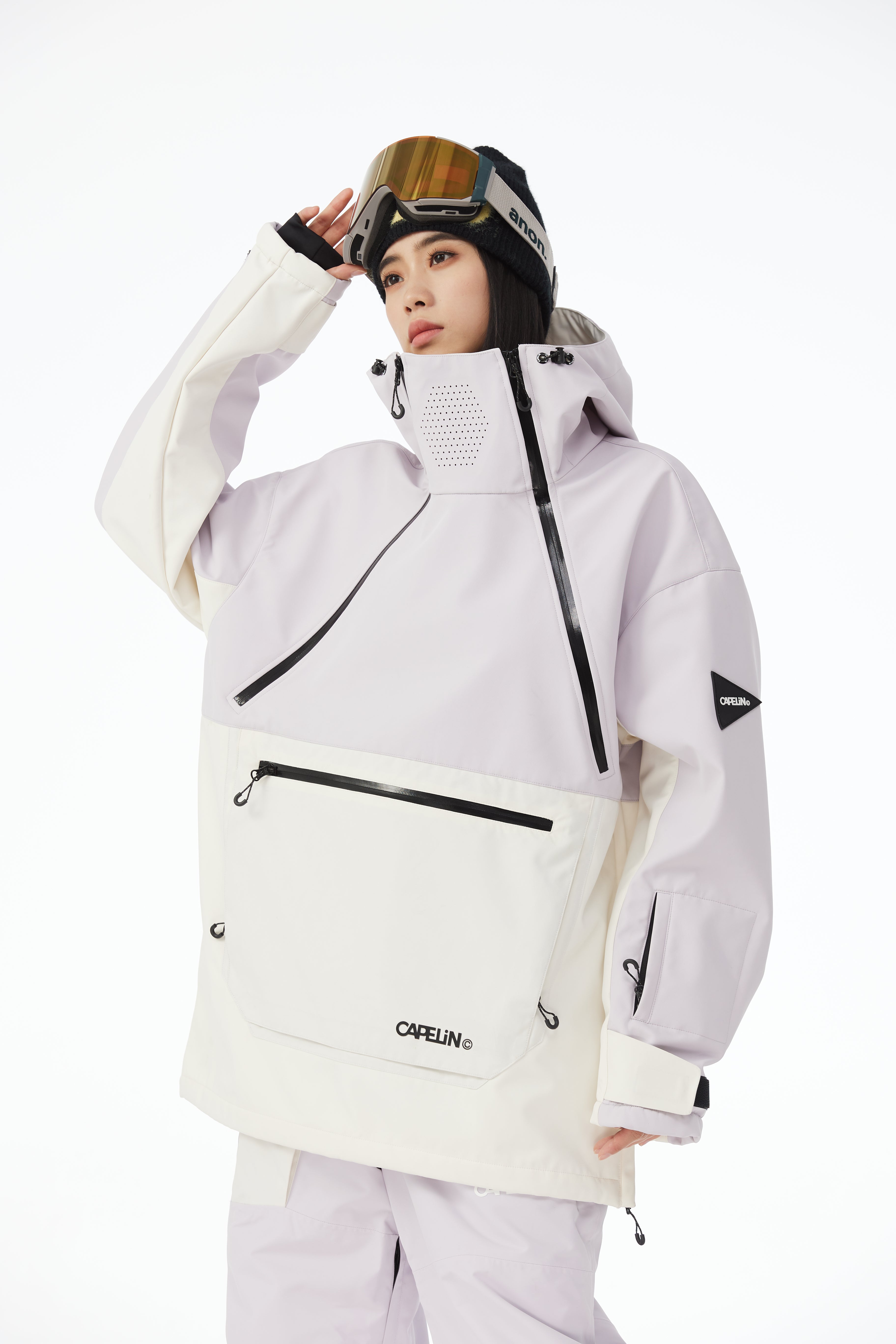Introduction
Lorsqu'on dévale les pistes, choisir le bon équipement est essentiel. veste de neige peut faire ou défaire votre aventure hivernale. Le débat entre vestes de ski softshell et vestes de neige à coque rigide C'est un sujet brûlant chez les amateurs de plein air. Chacun a ses atouts, mais lequel est le plus performant ? Analysons la situation pour vous aider à choisir.
Contenu
● Qu'est-ce qu'une veste de ski softshell ?
● Qu'est-ce qu'une veste de ski hardshell ?
● Quelle est la différence entre une veste de ski hardshell et une veste softshell ?
● Comment choisir une veste de ski
Qu'est-ce qu'une veste de ski softshell ?

UN veste de ski softshell Conçue pour les sports d'hiver actifs comme le ski, le snowboard et la randonnée, cette veste est fabriquée à partir de tissus extensibles et respirants (souvent en polyester/nylon avec de l'élasthanne), privilégiant la souplesse et le confort à une protection maximale contre les intempéries.
● Respirabilité
Idéal pour les activités à haute énergie (e.g., ski hors-piste) où la gestion de la transpiration est cruciale.
● Léger &et flexible
Il accompagne les mouvements du corps, ce qui le rend idéal pour les mouvements dynamiques.
● Résistance modérée aux intempéries
Résiste à la neige légère et au vent, mais n'est pas totalement étanche.
Idéal pour : les conditions sèches et froides ou comme couche intermédiaire sous un veste imperméable de neige par temps variable.
Qu'est-ce qu'un Veste de neige imperméable?

UN veste de neige hardshell Conçue pour les conditions extrêmes, cette veste est entièrement imperméable, coupe-vent et résistante, ce qui la rend indispensable pour le ski alpin, l'alpinisme ou les journées orageuses en station.
● Protection complète
Caractéristiques Coutures entièrement étanchées résister à des vents violents et à des pluies torrentielles.
● Durabilité
Le tissu renforcé résiste à l'abrasion des rochers, de la glace et de l'équipement.
● Compatible avec la superposition
Fonctionne mieux avec une base et un isolant couche intermédiaire pour se réchauffer.
Idéal pour : les conditions météorologiques humides, venteuses ou imprévisibles où il est essentiel de rester au sec.
Quelle est la différence entre les vestes de ski hardshell et softshell ?

1. Température et environnement
un. Softshell : Idéal pour les activités sèches et froides (-10°C à 5°C) et les activités à haute intensité.
b. Veste imperméable : indispensable par temps humide, orageux ou glacial.régions où le vent et la neige sont violents.
un. Softshell : Résistant à l'eau (revêtement DWR) mais s'imbibe en cas de fortes pluies.
b. Coque rigide : FEntièrement étanche (indice 20K+) et coupe-vent – idéal pour les blizzards.
3. Performance de confort
un. Softshell : Plus respirante, extensible et silencieuse – idéale pour être portée toute la journée.
b. Coque rigide : SPlus rigide et plus bruyant, mais offre une protection imbattable contre les tempêtes.
Comment choisir une veste de ski

Votre choix dépend en fonction de l'activité, de la météo et des préférences personnelles :
Choisissez une veste softshell si :
● Vous skiez à climats secs et froids.
● Vous privilégiez la mobilité &et respirabilité (e.g., ski de randonnée).
● Vous cherchez une veste polyvalente pour la ville et les balades tranquillespes.
Choisissez une coque rigide si :
● Vous faites face Pluie, neige fondante ou vents violents.
● Vous avez besoin d'une protection contre les intempéries (e.g., station de ski par mauvais temps).
● Vous souhaitez une veste résistante pour une utilisation multi-saisons.
Approche hybride : De nombreux skieurs portent une veste softshell la plupart du temps et emportent une veste hardshell légère pour les urgences.
Conclusion:
Lequel est le plus performant ? Il n'y a pas La « meilleure » veste de neige — uniquement le meilleur pour vos besoins.
● Softshell = Confort + Respirabilité (Idéal pour une utilisation active et par temps sec).
● Coque rigide = Protection + Durabilité (Idéal pour les tempêtes et les conditions météorologiques extrêmes).
Pour une tenue d'hiver complète, pensez à associer votre veste à pantalon de neige et des combinaisons de vestes pour un look complet coverage.If Si vous hésitez, investissez d'abord dans une veste rigide pour les pires scénarios, puis ajoutez une veste souple plus tard pour plus de polyvalence.
FAQ :
Q : Quelle veste de ski est la plus adaptée aux débutants, une veste softshell ou une veste hardshell ?
UN: Il est conseillé aux débutants de privilégier une veste hardshell pour sa protection et sa sécurité par tous les temps. Une fois les bases acquises, une veste softshell peut être ajoutée pour les journées ensoleillées ou le ski de faible intensité. Pour les budgets limités, une veste hardshell d'entrée de gamme (e.gUne veste imperméable (indice d'imperméabilité de plus de 10 000 mm) associée à une couche intermédiaire en polaire peut faire face à la plupart des conditions en station.












